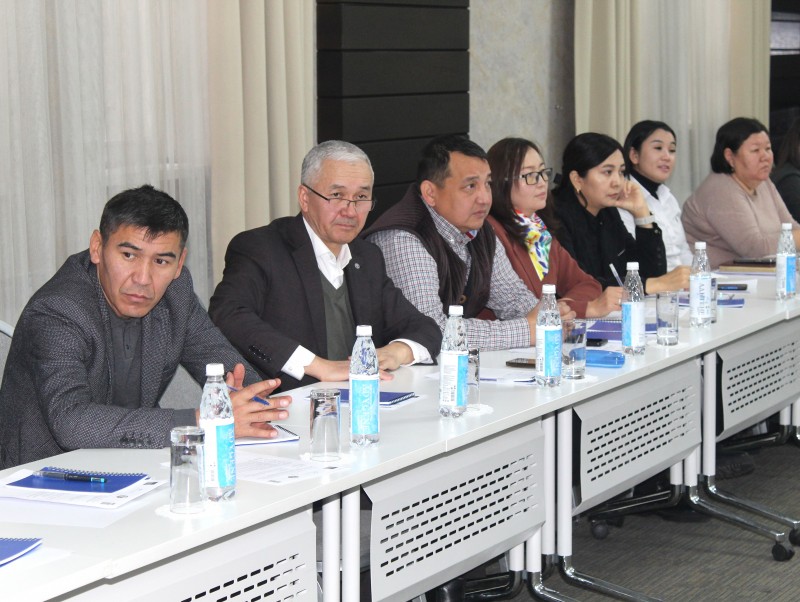
The project titled “Methodology for Calculating the Costs of Land Rehabilitation and Reclamation in Areas Disturbed by Mining Activities”, alongside the implementation of public environmental monitoring (PEM) practices, was presented to a wide audience of specialists. These included representatives from relevant government agencies, mining companies, experts in the field of resource management, and financial professionals.
These two components are mutually reinforcing: the development of reclamation methodologies ensures a scientifically grounded approach to land restoration, while public environmental monitoring involves civil society in controlling and assessing the effectiveness of these efforts.
Independent experts highlighted the relevance of PEM, noting a growing awareness among mining companies of the importance of sustainable resource use and consideration of local community interests. “PEM enables mining companies to consider citizens’ opinions, enhances transparency, and builds trust in their activities,” said Olga Medoeva, an expert from UNDP, while presenting the PEM methodology project. She emphasized key aspects of the document, including international and national regulations, citizen participation forms, monitoring organization procedures, alignment with mining companies, and data collection and analysis.
The challenges and risks section noted a lack of environmental knowledge and monitoring skills among the population and insufficient funding for PEM. It was underscored that the methodology serves as a recommendation. Participants proposed publishing monitoring results, mandating activist training at the local level, and outlining a mechanism for resolving disputes between monitoring team members and mining company representatives.
The experience of land reclamation at the Kumtor and Dzheruy mines was also presented. Over 11 years, the National Agricultural University, in collaboration with students and local residents, carried out land restoration at Kumtor (elevation: 3,700 meters above sea level). Professor Kubanychbek Turgunbaev explained that the work involved collecting seeds and sowing them on designated restoration sites. “As a result, we successfully cultivated five perennial grass species across 19.5 hectares. Some plants reached heights of up to 60 cm,” he noted.
Participants of the roundtable assessed this experience positively, emphasizing the need to test seed and soil materials at the early stages of mine development. This would ensure that mining companies have the necessary data for effective reclamation by the end of operations.
Presenting the primary document, the Methodology for Calculating the Costs of Land Rehabilitation and Reclamation, its authors reminded the audience that after discussions in the working group, the draft was supplemented with comments related to the reclamation of sites affected by artisanal mining activities and the determination of financial guarantees for restoration.
The discussion also addressed the alignment of reclamation with international standards, particularly regarding the placement of funds in banks with government participation. Sultan Isabekov, from the International Business Council, noted that the current reclamation provisions could limit competition and the capabilities of private commercial banks, which are excluded from being depositories. Additionally, mining companies lose the option to place funds in banks they trust. Representing the IBC, the expert expressed hope that regulatory acts would be amended to comply with international norms. “The primary concern is ensuring that the funds designated for reclamation purposes are used exclusively for that, and this must be enshrined in legislation,” he added.
The roundtable concluded that developing methodologies for public monitoring and reclamation requires close cooperation among all stakeholders: government agencies, mining companies, NGOs, and local communities. The methodologies must align with international standards while considering the needs of businesses and local communities. The authors invited experts to submit additional written suggestions, after which the document will be finalized.
Итоги пастбищного сезона 2018 года были подведены на очередном заседании районной пастбищной комиссии (РПК).
MoreThe development of the unified method, "Monitoring Pastures at the Local Level," is nearing completion.
MoreЧетыре новых моста построены в 2018 году в Кыргызстане при поддержке ОФ “CAMP Алатоо” и Швейцарской ассоциации “Памирские...
More